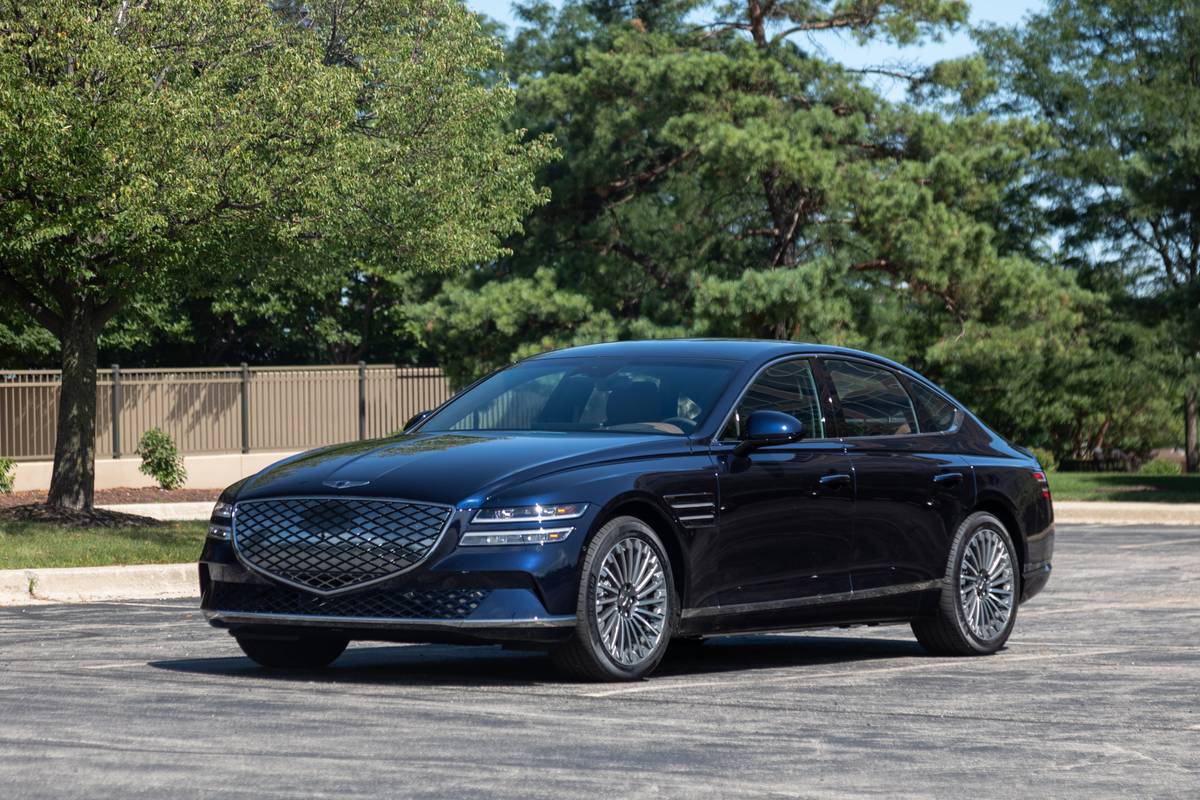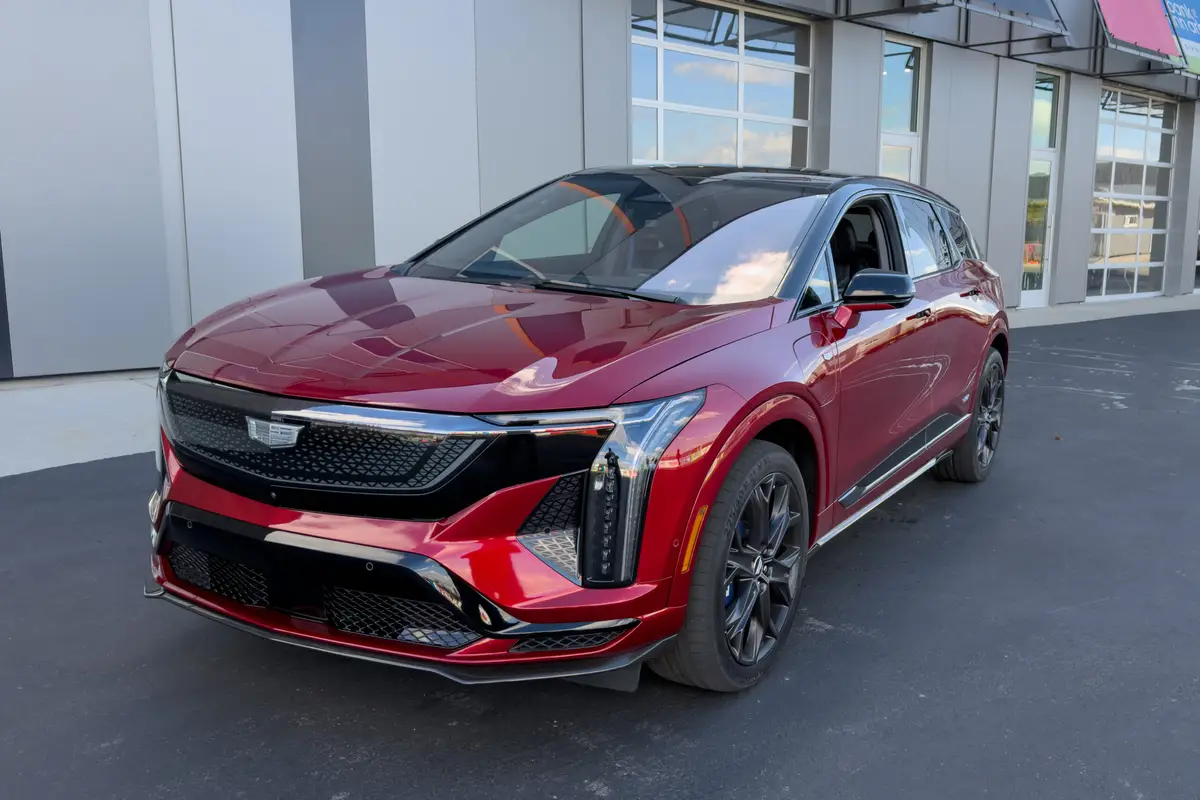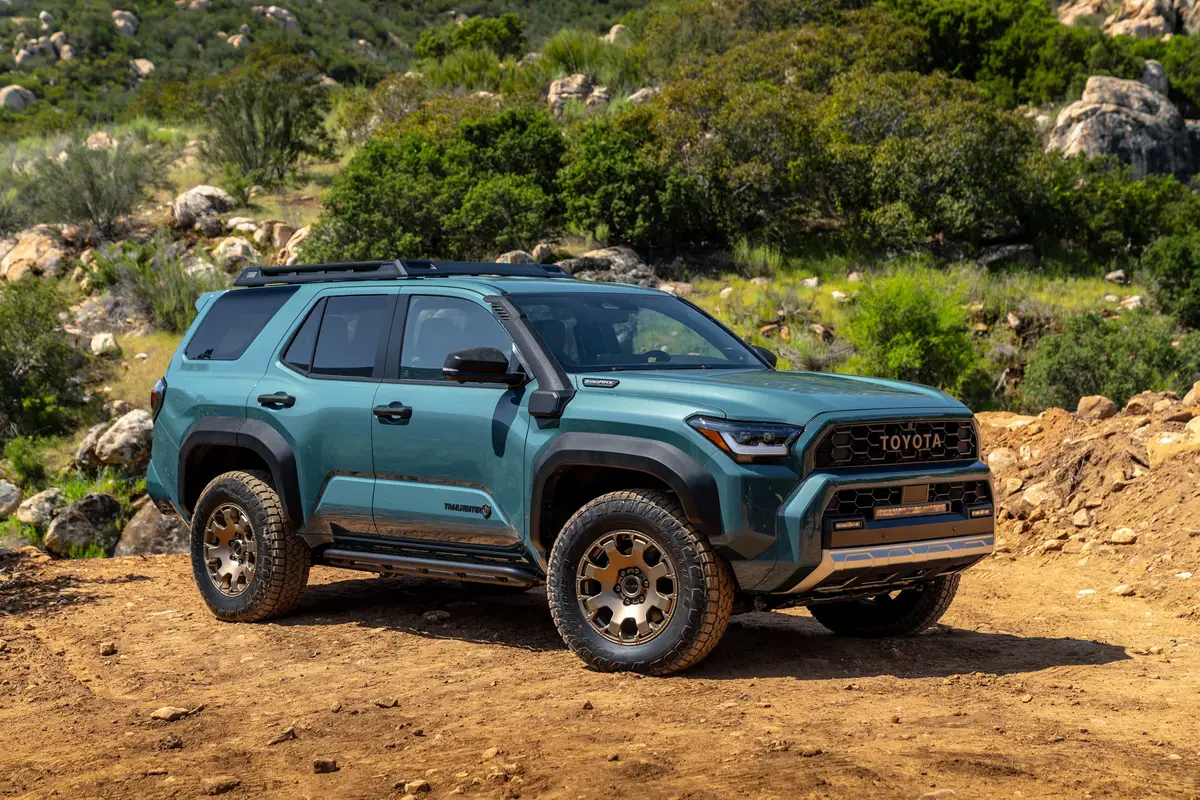The Morning Call and Mcall.com's view
After going over hill and dale and hitting the dusty trail for more than 40 years, Jeep is synonymous with four-wheel drive. In fact, a two-wheel drive Jeep may sound like half a vehicle. But Jeep is introducing a two-wheel drive version of its popular Cherokee.
One might ask why? After all, the four-wheel drive Cherokee, which was completely redesigned last year and was named four-wheeler of the year by three off-road enthusiasts magazines, has a good following. But if you want to succeed in business, you really have to try. And that is exactly what American Motors Corp. is doing – trying hard to find a new market.
Actually, the search doesn’t have to go far. There’s a great big Sun Belt in this country with people who usually have no need of 4WD, although there were some who would have welcomed it last winter. Also, AMC thinks the 2WD Cherokee will make an ideal alternative to the family station wagon and, to a lesser degree, vans. And the interesting part about this whole concept is that AMC doesn’t have to create a new market. It already exists.
In fact, the new Cherokee will be competing in one of the auto industry’s best growth markets – the two-wheel drive sport utility wagon market. According to figures from AMC, sales in this market topped the 100,000 mark for the first time in 1984. These are impressive figures when you consider that fewer than 23,000 2WD sport utility wagons were sold in the United States in 1981, and all of these were full sized. It wasn’t until a year later that the compact wagons hit the scene, but they already account for more than 40 percent of the 2WD sales, 47,000 out of 105,000 vehicles.
The test vehicle – a four-door Pioneer model supplied by Shoemaker AMC- Jeep-Renault, 4131 Walbert Ave., South Whitehall – proved to be a likable vehicle that did all that Jeep claimed it would. It seemed to be well suited for all Lehigh Valley driving conditions and was particularly impressive when driven over dirt roads – and even on a little off-road driving. Since it is two-wheel drive, it probably will not wind up in situations that demand four- wheel drive – at least, I hope not – which means there is probably less chance of it getting stuck. (You have to associate this statement with the old four-wheeler adage: Four-wheel drive can take you to a worse place to get stuck.)
Although the 2WD Cherokee is new to the Jeep lineup, Jeep has produced 2WD vehicles before. In the late 1940s, cashing in on the Jeep popularity during World War II, the Jeepster was produced. (For those interested in ancient history, this was when the Jeep was manufactured by Willys.) This interesting vehicle came in a two-door utility body style and a convertible model and can be seen at most antique auto shows. But the new Cherokee is the first two- wheel drive Jeep vehicle offered to the general public since the 1969 Wagoneer.
Turning a four-wheel drive vehicle into a two-wheel drive vehicle is not nearly as complex as doing it the other way around. For the Cherokee, the basic alterations involved elimination of the 4WD transfer case, the front axle gear housing and the axle disconnect mechanism. Also, the 4WD front axle was replaced with a high-strength tubular beam axle assembly. With these alterations, the 4-door Cherokee weighs 2,827 pounds – 166 pounds less than its 4WD counterpart. (The 2-door Cherokee weighs 2,776 pounds, 165 pounds less than the 4WD model.)
Interestingly, the 4WD’s solid front axle (quadra-link with coil springs) was retained. Since the Cherokee also has a live axle in the rear (hotchkiss-leaf spring), I imagine you can call this no-wheel independent suspension, which is the opposite of four-wheel independent suspension. The Cherokee’s suspension is really a truck-type suspension. This, not surprisingly, means that it should be extremely rugged. But what is so surprising is tha it offers such a civilized ride. It might be just a shade firmer than a car outfitted with heavy-duty suspension, but that’s about it.
This suspension also features anti-sway bars fore and aft and a steering dampener. With this arrangement the Cherokee proved to be a decent handling vehicle – for its type. It is relatively high and narrow and obviously not designed to be driven around curves and cloverleafs like a sports car. It is a better-handling vehicle than the 4WD Cherokee. But, with all that weight removed from the front end, it should be. In brief, it is the type of vehicle anyone should be able to drive without problems.
The 2WD Cherokee is classed as a compact utility vehicle, but, because of its box-like interior, it offers plenty of room. Dimensions include: wheelbase, 101.4 inches; length, 165.3 inches; width, 70.5 inches, and height, 63.33 inches. Ground clearance is 7.4 inches (from rear axle to ground). Usable cargo space behind the rear seat measures 35.71 cubic feet. With the rear seat folded, cargo space measures 71.8 cubic feet. Either way there’s good room for luggage and outdoor gear. The test vehicle was also equipped with a roof rack which means that anything that can’t be stuffed inside can be roped to the roof.
There’s room for five passengers in the Cherokee. The two front seats are the rocker-recliner type, a feature borrowed from Renault models – remember, Franco-American Motors? These seats can be adjusted in a number of ways and will accommodate drivers and passengers of all shapes and sizes. With its high roof, the Cherokee offers plenty of head room for even the tallest of drivers. The test vehicle was equipped with a pop-up sunroof, a feature generally not associated with a utility vehicle, but a nice feature. The back seat, which can be folded flush, can hold three persons in comfort.
The test vehicle was powered by the standard engine – a 150 cubic inch (2.5 liter) four that is rated at 100 horsepower at 3,000 rpm and 132 foot pounds torque at 2,800 rpm. This is an AMC engine that was developed last year for the Cherokee. It is a variation of the company’s venerable six-cylinder engine and, as you can see, produces a goodly amount of torque. (This engine shouldn’t be confused with the GM 2.5 liter four, which AMC at one time used.) The engine provides adequate performance for all Lehigh Valley driving conditions. The test vehicle was equipped with the optional three-speed automatic transmission (a Chrysler TorqueFlite). The standard transmission is a four-speed manual and a five-speed manual is available as an option.
The test car averaged 16 miles per gallon for city driving and 22 mpg over the highways.
The optional engine for the 2WD Cherokee is a 173 cubic inch (2.8 liter) V-6, which is a GM engine. The turbo diesel engine available on 4WD Cherokees is not offered on the 2WD model.
Base price for the four-door , 2WD Cherokee is $9,766. Standard equipment includes tinted glass, rear window washer/wiper, halogen headlamps, power brakes, flip-fold rear seat, digital clock, mini console, sun roof (a no-cost special promotion offer), and some convenience and trim items. The test vehicle had some $4,341 worth of options, which made it a well-dressed vehicle. Add to the options a transportation charge of $383 and the total price came to $14,490.
The most expensive option was the Pioneer package at $1,068, which consisted of additional trim and convenience items. Other options included: air conditioning, $743; automatic transmission, $550; power steering, $266; metallic paint, $156; console with armrest, $109; tilt steering wheel, $115; AM-FM stereo radio, $129; roof rack, $124; rear window defroster, $146; protection group and molding, $165; extra-quiet insulation, $115, and halogen fog lamps, $99.
Latest news


2026 Cadillac Optiq-V Quick Spin: Slicker and Quicker

